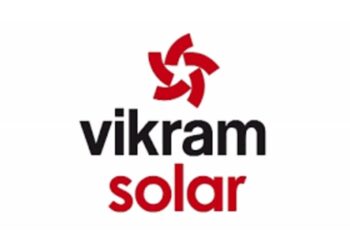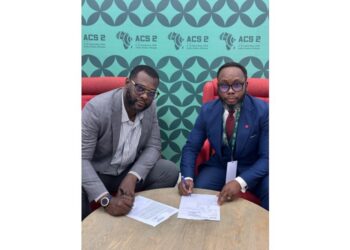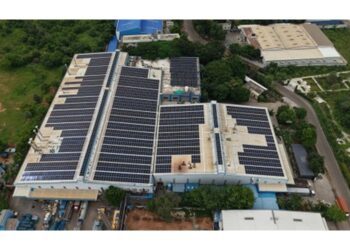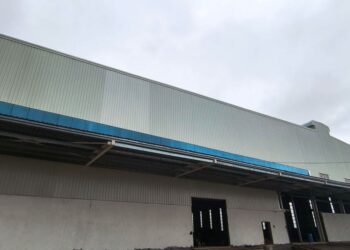The Ministry of New and Renewable Energy (MNRE) has issued draft guidelines for the series approval of solar photovoltaic (PV) modules for testing in laboratories under the Solar Systems, Devices and Components Goods Order, 2025. These guidelines aim to support labs and manufacturers in defining product families for compulsory registration with the Bureau of Indian Standards. A product family is defined as a group of modules constructed using a maximum configuration of components or sub-assemblies and the methodology used to build various models from these components. For testing multiple power bins within IEC TS 62915 limits, two modules each must be taken from the lower end, median (or the next higher class, if median does not exist), and higher-end bins. For single power class extension, two modules each from lower and higher bins are required. If extension is only in one direction, modules from that bin are tested. High-capacitance PV modules must meet hysteresis loss limits below 0.5 per cent under IEC 60904-1:2020, or specific data on the time-derivatives of current and voltage must be reported.
Quantitative sample selection is guided by IS 14286:2023, requiring 12 randomly selected modules from production batches. These must be complete, quality-inspected, and carry clear markings laminated inside the glass, including details like manufacturer name, model number, serial number, wattage with ±3 per cent tolerance, and manufacturing date and place. Additional labeling requirements apply to thin-film modules. Test labs are instructed not to accept unmarked modules. Sample submission under IS/IEC 61730-1:2023 must include full bills of materials, fabrication details, and applicable compliance certificates. For safety tests under IS/IEC 61730-2:2023, at least 10 framed and two unframed PV modules are required, with additional modules needed for pollution degree assessments and specific sequence tests. For cemented joints, requirements vary based on the MST test type, including lap shear strength tests with up to 20 extra samples for glass/glass constructions.
In case of any changes to design, materials, components, or processing steps, retesting in line with IS/IEC 62915:2023 must be conducted to maintain type and safety certifications. Manufacturers are responsible for disclosing such changes and submitting data to potentially reduce retesting requirements. Variations that exceed the stated tolerance levels require testing under worst-case conditions. For example, if a 10 per cent reduction in front glass thickness would trigger a re-test, the module must be submitted with the lowest possible thickness. The manufacturer must reference the originally tested dimension or thickness when proposing modifications. All modules submitted for testing must be technically identical and must conform to the relevant standards for design, construction, and quality assurance.












